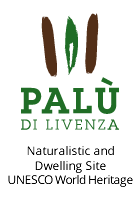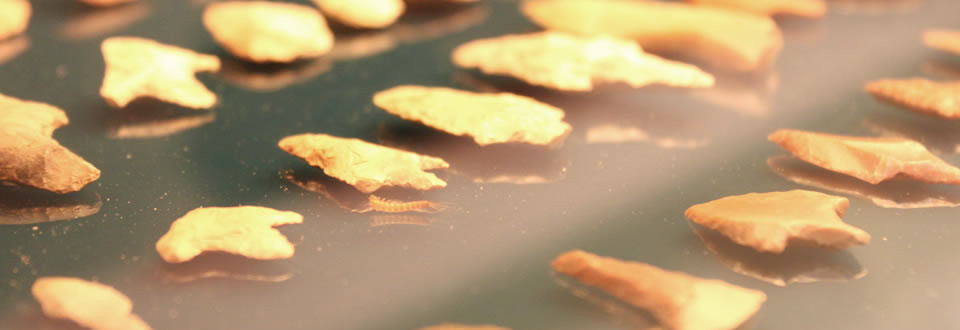How to date organic remains
The techniques of stratigraphic excavation reconstruct the sequence of events that led to the formation of an archaeological deposit. The data collected provide, however, a relative dating which indicates only the order (before or after) in which the events occurred in the past.
One of the aims of archaeological research is indeed to put in a certain chronological sequence the remains that emerge from the ground.
The problem of dating is therefore crucial: without a reliable history, the past seems like a whole mess in which it is impossible to place events and cultures and the archaeologist tries to interpret and explain, sometimes with great difficulty.
The discovery 60 years ago of the possibility of dating organic materials containing carbon-14, provided a contribution to the resolution of the chronological problems. This is a rare radioactive isotope of carbon (C14 ), which is one of the most common elements in the atmosphere in the form of carbon dioxide and is a key component of all living beings, plants and animals. The C14 is in fact taken from plants through the process of photosynthesis and passed to animals and humans through the food chain.
The amount of C14 in an organism is constant but when this dies, it is no longer increased, starting instead to slowly decrease as a result of radioactive decay with a fixed rhythm known: the amount is reduced by half after 5730 years.
In this way, it is possible to determine the age of a fragment of charcoal or bone, measuring the amount of residual C14 still present in the sample in relation to the time in which the organism was still alive.
The dating C14 are characterized by various inaccuracies. The dates also require calibration since the concentration of C14 in the atmosphere did not remain constant over time, but changed due to the variations of the geomagnetic field. The system that revealed such inaccuracies and that, at the same time has also provided the way to correct or calibrate the dates, is called dendrochronology.
The verification was possible thanks to the C14 dating of the rings of trees of which we know the exact age. In this way, thanks to the calibration, it was possible to obtain an accurate history of the samples analyzed and dates with limited errors. The good preservation of the wooden remains in the dwelling villages provides an extraordinary case to define the absolute chronology of prehistoric settlements thanks to this possibility to have both C14 and dendrochronological dating.
The C14 datings made in Palù are obtained from samples taken at 10 different locations affected by the archaeological investigations, but not all of the absolute dates obtained are accepted because of the large error detected. The dating of prehistoric pile dwelling village vary over a period of time that goes from the Middle Neolithic to the Eneolithic.
The oldest dates is that of an anchoring system made of oak planks found during surveys in 1989 and 1992, and dated to the middle of the fifth millennium BC (4750-4402 BC). A pavement structure brought to light during 1994 is attributable to the last centuries of the fifth millennium BC (4221-3959 BC). A third building consisting of a series of support poles found in the center of the excavations of 1994 is dated to the first half of the fourth millennium BC (3775-3537 BC).

« L’iscrizione nella lista del Patrimonio Mondiale dell’UNESCO Come arrivare »



